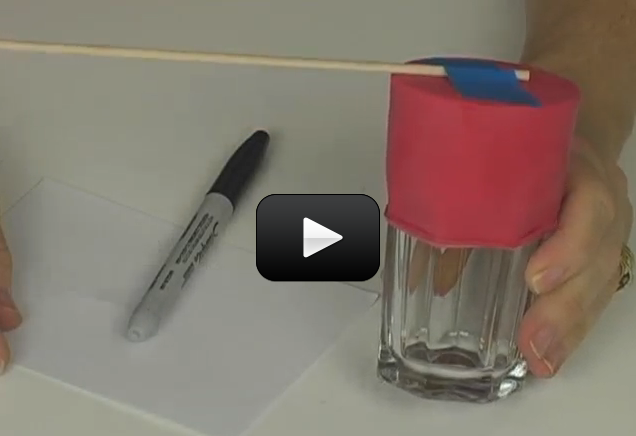
A barometer uses either a gas (like air) or a liquid (like water or mercury) to measure pressure of the atmosphere. Scientists use barometers a lot when they predict the weather, because it’s usually a very accurate way to predict quick changes in the weather.
Barometers have been around for centuries – the first one was in the 1640s!
At any given momen, you can tell how high you are above sea level by measure the pressure of the air. If you measure the pressure at sea level using a barometer, and then go up a thousand feet in an airplane, it will always indicate exactly 3.6 kPa lower than it did at sea level.
Scientists measure pressure in “kPa” which stands for “kilo-Pascals”. The standard pressure is 101.3 kPa at sea level, and 97.7 kPa 1,000 feet above sea level. In fact, every thousand feet you go up, pressure decreases by 4%. In airplanes, pilots use this fact to tell how high they are. For 2,000 feet, the standard pressure will be 94.2 kPa. However, if you’re in a low front, the sea level pressure reading might be 99.8 kPa, but 1000 feet up it will always read 3.6 kPa lower, or 96.2 kPa.
[am4show have=’p8;p9;p11;p38;p92;p71;p84;p100;p30;p57;’ guest_error=’Guest error message’ user_error=’User error message’ ]
Materials:
- balloon
- straw or stick
- water glass or clean jam jar
- index card
- tape
At standard pressure, depending on the kind of barometer you have, you’ll find they all read one of these: 101.3 kPa; 760 mmHg (millimeters of mercury, or “torr”); 29.92 inHg (inches of mercury); 14.7 psi (pounds per square inch); 1013.25 millibars/hectopascal. They are all different unit systems that all say the same thing.
Just like you can have 1 dollar or four quarters or ten dimes or 20 nickels or a hundred pennies, it’s still the same thing.
Why does water boil differently at sea level than it does on a mountain top?
It takes longer to cook food at high altitude because water boils at a lower temperature. Water boils at 212oF at standard atmospheric pressure. But at elevations higher than 3,500 feet, the boiling point of water is decreased.
The boiling point is defined when the temperature of the vapor pressure is equal to the atmospheric pressure. Think of vapor pressure as the pressure made by the water molecules hitting the inside of the container above the liquid level. But since the saucepan of water is not sealed, but rather open to the atmosphere, the vapor simply expands to the atmosphere and equals out. Since the pressure is lower on a mountaintop than at sea level, this pressure is lower, and hence the boiling point is lowered as well.
[/am4show]


The barometer should last more than a couple days. Be sure to keep it out of direct sunlight. You might also try a different brand of balloon. Anything more durable would be a finished product and not something that’s easy to build.
hey my barometer’s balloon got battered after a few days an it didn’t work anymore. Do you have instructions for a more durable barometer? I want a long-lasting weather station.
thanks Haley loves volcanoes
Yes look in Unit 20, there’s a few volcano experiments there, including one on earthquakes.
I am looking at developing a whole new set of Earth Science videos, so if there’s something special you’d like to see, send me an email with your input!
unrealatd question do you do anything with volcanos